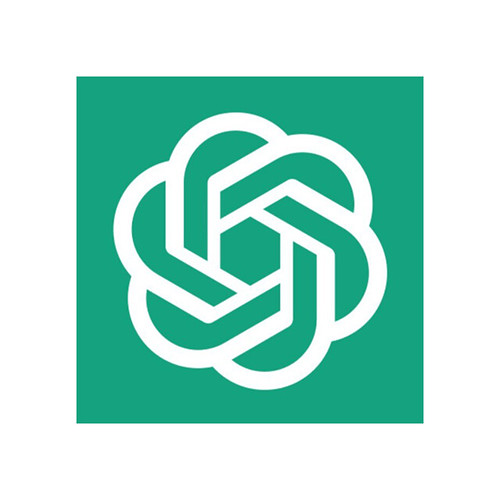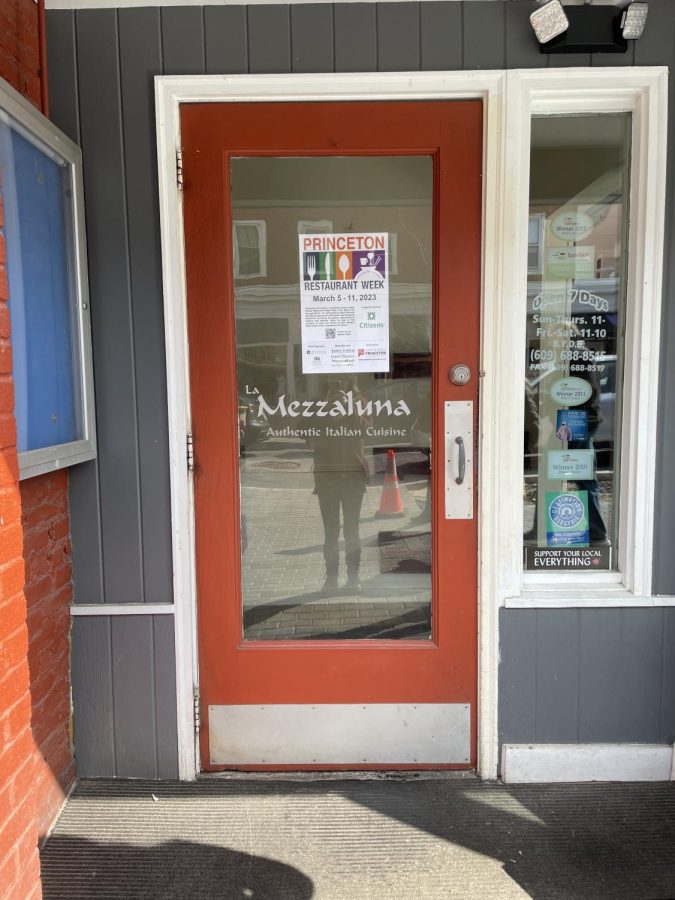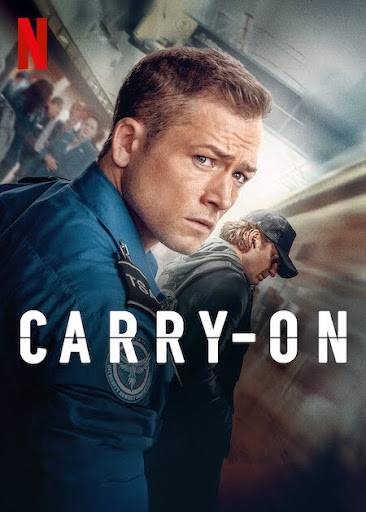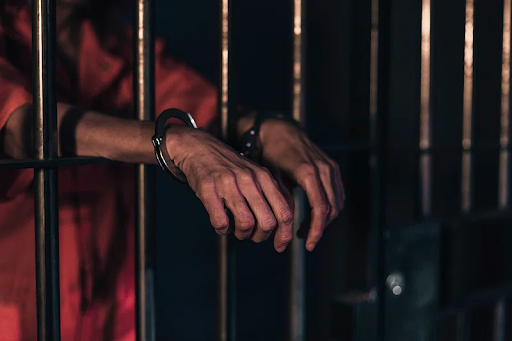With the emergence of AI as an easily accessible tool, the topic of AI tools in the classroom has become one of the most dynamic and discussed subjects across the world. In particular, applications like ChatGPT and Gemini have revolutionized this formerly undeveloped and primitive field, increasing accessibility to anyone with an internet connection. With such powerful utilities evolving in front of our eyes, however, many concerns have been raised, a majority of which are directly related to education.

In their extraordinary ability to generate responses to prompts, AI tools have presented a major problem when it comes to the authenticity of students’ work. Entire essays can be constructed from a mere click, and complex math equations can be cracked by taking a single photo. This isn’t a legitimate method of completing work, however. The student isn’t actually exercising their mind, but relying on an external source; essentially the same as copying and pasting from another’s work.
“In my 12 years of teaching, I have seen information become increasingly more accessible while student research skills and the ability to obtain this information has declined,” said Mr. Josh Holland, a language arts teacher. “Our society has become more demanding of instant results and shortcuts, killing a lot of our collective creative and academic curiosity.”
Many fear that this use of AI is detrimental to the skills of young people. In fact, teachers across our school have pointed out that using AI generated works damages one’s creativity, critical writing skills, and problem-solving ability.
AP Language teacher Ms. Katy Henderson, who has seen this effect firsthand, compares it to George Orwell’s dystopian novel 1984. “Having a ‘robot’ do the thinking for you is a disaster; it limits students’ ability to think critically, create original works, and express themselves.”
In response to this threat to students’ integrity and the increased use of generative tools, our school has taken steps to restrict the use of AI. For example, a policy on AI was recently added to the student handbook. As stated, submitting work generated by AI is strictly prohibited and can be viewed as academic dishonesty. However, school policy also leaves some decisions up to the teachers. Teachers can choose exactly when and where students are allowed to use AI, providing flexibility for different classes and teaching styles.

Several teachers have strictly prohibited AI in their classrooms, while others have been more open to its use. For example, some teachers utilize the tool to help create assignments and extra practice problems more efficiently.
Ms. Stefanie Ribecca, a biology teacher, suggests using it as a way for students to create more intuitive study materials. “I would use an AI and ask ‘what are some examples of negative feedback loops’? After looking at the list, I may try to make a model of what it’s describing.”
In conclusion, AI is a powerful and useful tool. But, it must be used appropriately to ensure that students still learn the skills they need. While students should not use generative AI to complete their assignments, it can be very useful for checking work, creating practice problems, and as a brainstorming tool. Ultimately teachers and students need to work together to ensure that AI is used to enhance learning, not replace it.






















